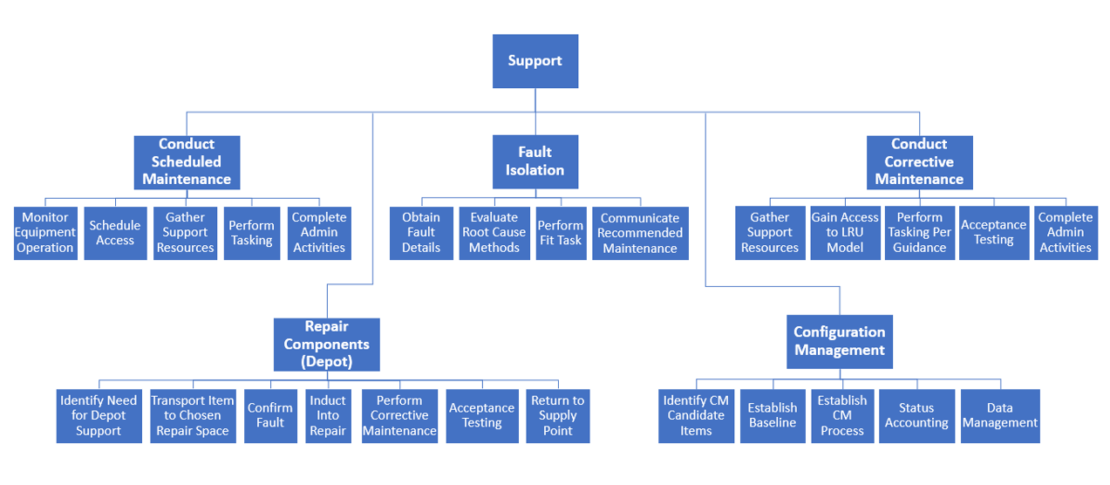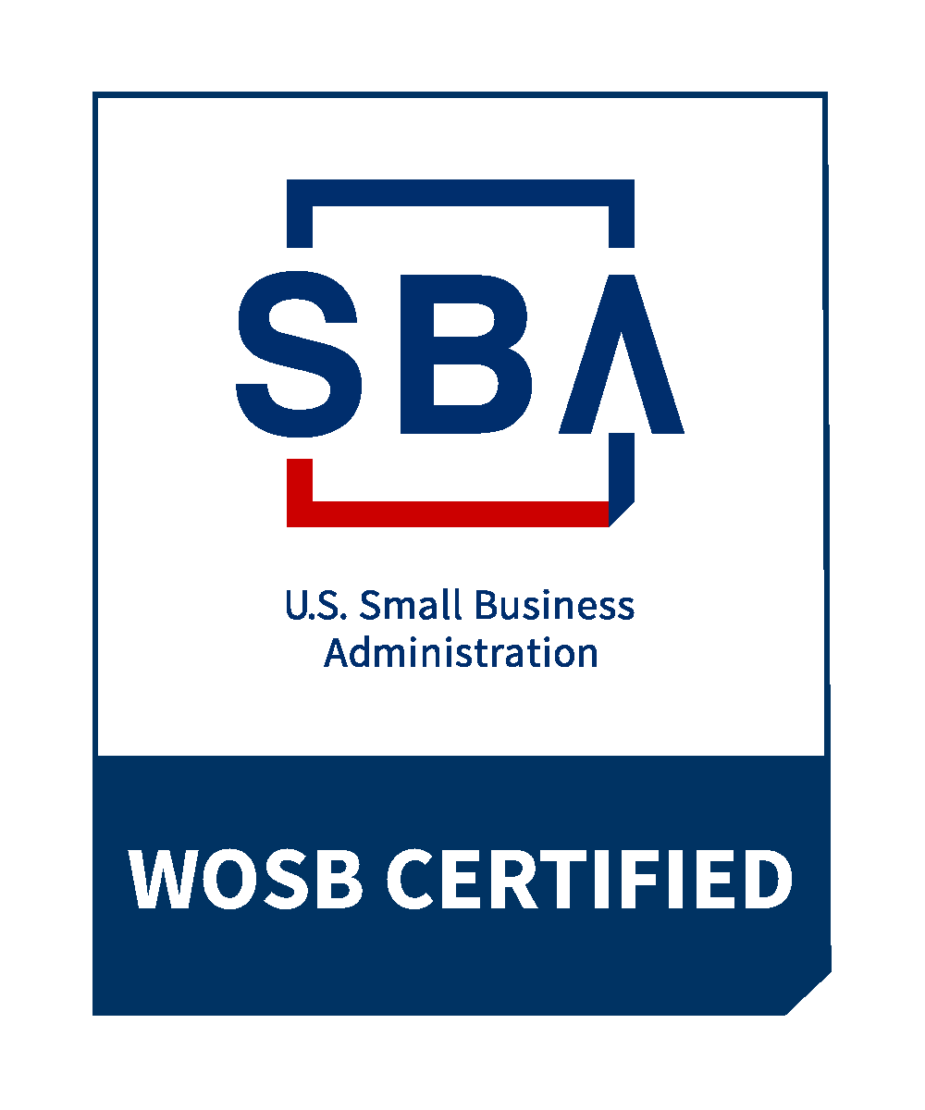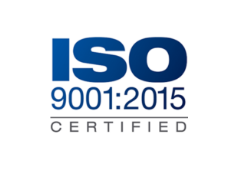Back to Blog
Insights: Supportability Analysis for a Development Program

We are continuing our series on how to effectively accomplish SAE TA-STD-0017 Supportability Analysis activities in a DoD development program environment; where source data is scarce and established analysis tools lack credibility. This time we want to tackle Activity 9, Functional Requirements Analysis, which is the current manifestation of MIL-STD-1388-1A Logistics Support Analysis (LSA) Task 301, for us “old school” Logistics Engineers. The objective of this particular Product Support Analysis activity is to define early in a development program the “functions” that the system is intended to perform in the successful accomplishment of its mission. This encompasses operations, maintenance, and support functions, along with consideration of the intended operating environment.
Our analysis methodology will leverage the Systems Engineering approach in order to comprehensively understand and document all of the functional requirements associated with our system, and comply with the guidance of Activity 9.1. Our initial analysis activity will be focused on gathering all of the program information that defines the system mission capability, having its roots in the needs of the User community. Typically, the desired capability is described in program documents such as the Initial Capabilities Document, Statement of Work, Product Performance Specification, Life Cycle Sustainment Plan, and Concept of Operations. It is through a review of these documents that the criteria for mission success can be derived and captured in terms of capabilities and functions.
The Systems Engineering activity has the primary responsibility of developing the system functional architecture that encompasses all of the operations, maintenance, and support functions. The example we will utilize for this article is a new aircraft gas turbine engine. In coordination with the Systems Engineering activity, the system functional architecture is defined by the following diagram.

You will notice that the functional architecture is both comprehensive and applicable to any aircraft powerplant. This correlates well with the application of corporate knowledge by the manufacturer and leverages numerous years of producing and supporting gas turbine engines. Translating the functional architecture into tangible, actionable tasks is the duty of the development program Logistics Engineer and will give us the first glimpses into the operating and support requirements for the fielded system.
The Logistics Engineer is challenged with the decomposition of these overarching engine functional requirements into the operating, maintenance, and support functions that are unique to the proposed design. The functional decomposition activity is performed starting with the major functions identified above, then decomposed to sub-functions and continually decomposed until discreet individual tasks can be identified that ensure the success of each function. This functional analysis effort includes a review of the operational mission scenarios and functional Failure Mode, Effects, and Criticality Analysis (FMECA) results to characterize the functions necessary to operate and maintain the engine in its intended operating and support (O&S) environment. The following figure presents the results of this analysis effort as one major function (Provide Power) from the functional architecture which is decomposed to further define the functional requirements associated with the “Support” sub-function.

The functional analysis results will be further studied to recognize any hazards associated with performing the identified functions. This hazard analysis includes an assessment of exposure to hazardous materials or excessive noise; hot surfaces or sharp edges; environmental pollutants; and rotating machinery during accomplishment of the functions identified, considering both hazards inherent to turbine engines and unique to the proposed engine design.
The Functional Requirements analysis results will be utilized to determine the first-order support resource requirements, cost, readiness and hazards associated with performing the identified functions. From this assessment, the Logistics Engineer will identify and document those functions that represent a driver to the developmental engine program from both a supportability and cost perspective. The identified driver functions are highlighted as a subset of the documented functions to be further addressed in the preliminary Product Support analyses and design influence.
Program risk associated with the identified operations and support functions will be evaluated and tracked consistent with the process defined as part of the Systems Engineering process. Program risks identified during Product Support analysis, including identification of system functions, initial human system integration analysis, and hazard analysis will be documented and communicated to the Product Support Manager (PSM) to be further evaluated for cost, schedule and performance impacts, and mitigation actions developed by the Supportability Integrated Product Team (SIPT).
Later, we will take each function and define the human performance requirements necessary to complete each function. This aspect of the functional analysis will lead to the development of a listing of the tasks required by the human operator or maintainer to accomplish each function. The resultant tasks will become the Task Inventory of Activity 9.8. Stay tuned for more on Task Inventory!
Article Authored by Stephen Brunner






